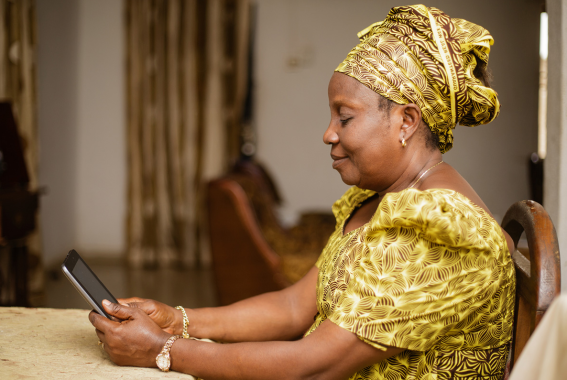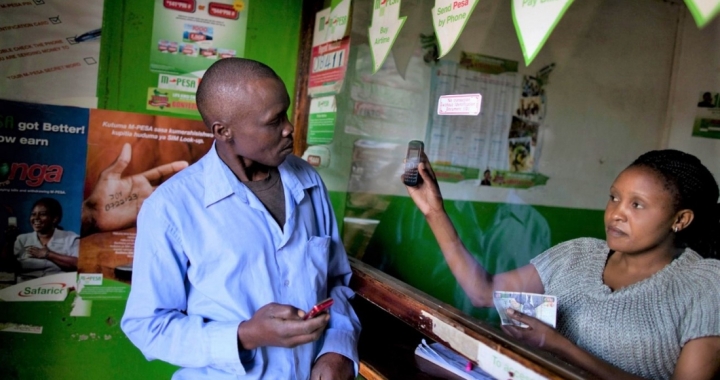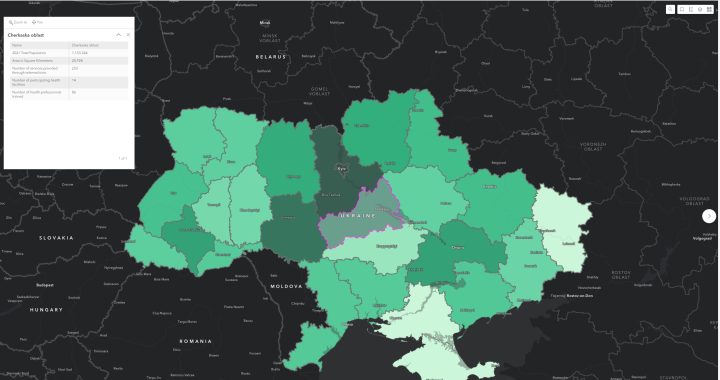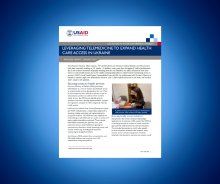Digital Transformation
Knowledge Products

Mobile phones, mobile money, and other advances in digital financial technology create new opportunities to speed progress towards universal health coverage.
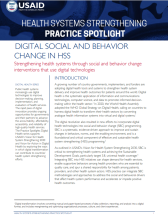
This brief explores ways in which digital tools and systems can be used successfully and responsibly to advance SBC interventions in support of health system strengthening, and provides recommendations for future programming and areas of research.
The Russian invasion of Ukraine has caused many doctors to leave the country, compromised patients’ safety when seeking care, and displaced large portions of the population away from their primary health care providers. A strong national telemedicine system will be key to assuring access to health services for Ukrainians, now and in the future. Experiences from other conflict/disaster areas may provide insights, helping Ukraine assess and implement its own telemedicine response.
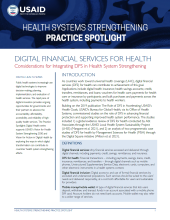
This brief includes a global evidence review of DFS for health conducted by LHSS and an analysis of two programmatic case studies of DFS for health by Management Sciences for Health (MSH) through the Digital Square initiative.
Ukraine is facing extraordinary challenges to its health system amidst the Russian invasion, including attacks on Ukrainian medical facilities and infrastructure. To restore and maintain critical health services to Ukraine’s dispersed population, the Ministry of Health is strengthening its capacity to offer medical consultations via telemedicine. This two-page Progress Update describes LHSS technical assistance for the effort and results as of January 2023.
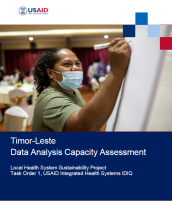
The purpose of the DACA was to assess: the Ministry of Health (MOH) data use and data quality processes; the opportunity and capacity of different levels of the health system to analyze data; health management information system (HMIS) governance; electronic HMIS deployment; the state of interoperability, and COVID-19 data capture.
To develop its telemedicine system, health-sector leaders in Ukraine are seeking to leverage the experiences of telemedicine implementation globally, drawing on best practices and avoiding common pitfalls to effectively increase telemedicine access and quality. This review includes analysis of how telemedicine can be designed and deployed equitably and inclusively.


